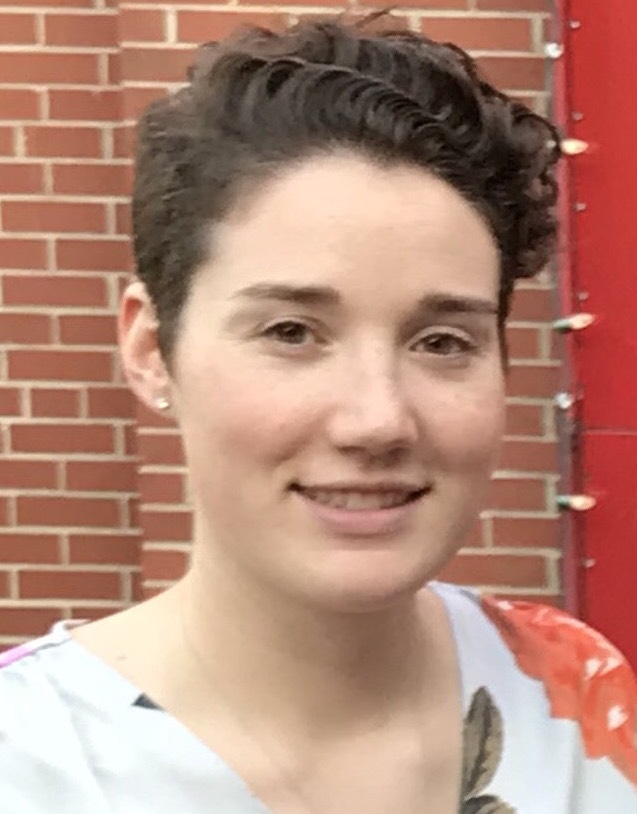Below is a summary of the abstract you submitted. Presenting author(s) is shown in bold.
If any changes need to be made, you can modify the abstract or change the authors.
You can also download a .docx version of this abstract.
If there are any problems, please email Dan at dar78@pitt.edu and he'll take care of them!
This abstract was last modified on May 22, 2018 at 4:07 a.m..

Through the SEA-PHAGES program, our undergraduate research students are isolating and characterizing novel bacteriophages. Phage Bobby is a J-Cluster Actinobacteriophage collected on the campus of Webster University, that infects Mycobacterium smegmatis. Upon sequencing its genome, we noted striking similarity to Kalah2, another J cluster phage isolated nearby. A comparative analysis to this and other J cluster phages reveals Bobby has undergone a genome rearrangement and harbors a novel stretch 3,490 bp of orphan PHAMS showing protein coding potential, yet yielding no significant homology to any known genes in NCBI databases. These ‘ORPHAMs’ correspond to ab initio ORFs 98-103 in Phamerator with genome coordinates 59900-63389. Blastn of the NCBI databases with this region returned no significant similarity, whereas blastx found modest homology in ORF 101 to a hypothetical protein of Mesorhizobium muleiense, a bacterium isolated from chickpea Cicer arietinum in Xinjiang, China. HHpred (MPI) analysis of ORF 101 showed weak structural homology to Conotoxin TVIIA of the sea snail Conus tulipa (1EYO, RCSB Protein Data Bank). ORF 102 shows very weak homology to an ATP-binding protein in Porphyromonas canoris, a bacterium associated with dogs, and by HHpred was found to have significant structural homology to a DNA mismatch repair protein domain highly conserved from humans to bacteria. Of the 232 ORFs originally predicted in Bobby, we concluded 220 are likely real and twelve should be deleted: ORFs 1, 30, 33, 38, 40, 70, 72, 84, 108, 148, 181, 196. Ongoing analysis seeks to determine the function of the putative ORPHAM region, that appears to be an orphan operon of unknown origin.



